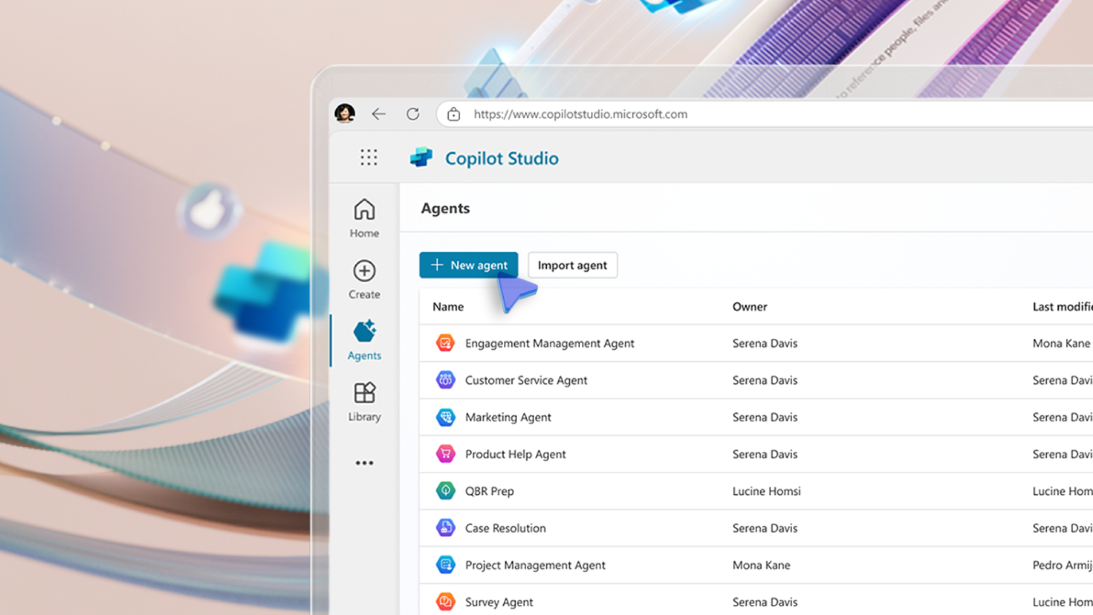Do you use enterprise SaaS? Almost every organisation is using enterprise SaaS solutions and the implementations are often expensive and create challenges further down the line. At Bridgeall we help 100s of organisations implement software solutions of every shape and size and in this article we discuss our number 1 tip for improving your enterprise SaaS implementations and support.
Improving your Enterprise SaaS Experience
The number 1 tip we have for improving enterprise SaaS delivery is to keep it simple. In as many scenarios as possible use the out of the box capability. Too many organisations are encouraged to customise solutions and this creates a host of problems.
Have we not learnt from the mistakes of the past where we would buy an on-premise solution, customise it extensively and then be unable to upgrade to the next version and be left with an aging solution with challenges around support and maintenance.
Our motto when it comes to SaaS is ‘adapt don’t customise’. Most enterprise SaaS solutions come with a wide range of configuration capability as standard that allow you to mould the solution around your needs, but what do you do when you reach the limit?
You are left with the decision of adapting your processes to suit the capability within the system or customising the solution. Here are 3 reasons why we think you should adapt to the solution:
- Implementation costs – first up, implementation costs can be significant and the more customisation you need the higher the cost. However if you are simply configuring the existing capability you will be able to drastically reduce the upfront costs of your project.
- Keeping the system updated – Most SaaS solutions are constantly updated and in reality you don’t customise the existing solution as so much as create a custom extension that works within the application. With a customisation you are then at the mercy of the SaaS provider, every single update which can sometimes be weekly can create challenges and issues with your customisation which will require rework and testing to ensure it still works. For some providers you may be tempted not to updateif you are given the choice and again this creates challenges around your solution aging and not benefiting from the development of your SaaS provider.
- Ongoing support – The more custom your solution the harder it is to support. As mentioned regular testing of updates will be needed and possible rework on the customisation will all push up the cost of support. Pair this with the challenges or swapping support partner if you wanted to. The new support partner may have experience of your chosen SaaS application but will need to invest time and energy learning the customisations and this will normally be paid for. So you are much more likely to get stuck with an existing support partner that could take advantage of your situation, pair this with the higher support costs then support becomes a big blocker.
As you can see, support, implementation, updates and costs all rise with every customisation. When making these decisions it is important a clear understanding of these factors are part of the process.
For many organisations they simply capture the existing processes as is and feed them into a requirement session. When in reality a review of these processes and questions over why they are done as they are is a useful exercise that can help inform the right route. The answer to that question is regularly that’s the way it’s always done or in all likelihood that’s how an old system did it.
A chance at a fresh start and an ability to run a simpler and cheaper SaaS implementation are available so remember adapt don’t customise.
To discuss your requirements or get help on your SaaS implementation contact us today for more information.




